Earlier this week we published an article listing ten inexpensive (but still very good) point and shoot film cameras. Today we’re keeping the budget-conscious articles coming. Here are five (or more) great accessories that will help boost your photography for very little money.
Many experienced photo geeks will already own or have experienced these add-ons. If so, let us know in the comments which is your favorite, and let us know if there’s another cheap accessory you’ve found that you can’t live without. This will help newcomers! Many thanks.
Photo Books
The only way to truly improve your photography is to improve your eye and mind. And let’s be clear, there are no shortcuts. Cultivating vision and thoughtfulness in the craft takes years of practice and experience. That said, photographers who consume and digest the works of great photographers past and present are more likely to achieve their own vision faster than those who work in a vacuum. One of the easiest ways to study the works of the greats is through photo books.
There are many photo books that aspiring photographers should absorb. And importantly, you should consider what type of photographer you want to become before you start buying photo books. Street, fashion, portraiture, documentary, whatever type of photographer you want to be, buy books shot by that type of photographer. Some of our favorite photo books that everyone should start with – Snaps by Elliot Erwitt, Where I find Myself by Joel Meyerowitz, books from the sometimes controversial Steve McCurry, and what photo book collection would be complete without The Decisive Moment by Bresson.
Close Up Filters
I’ve written about close up filters in the past, I still love them, and they’re still incredibly inexpensive (a close up filter set typically costs less than $15). Close up filters are essentially magnifying lenses that screw onto the threaded filter ring on the front of any standard camera lens, just like any other filter. They usually come in sets of three or four, in powers of +1, +2, +3, and +4. These lenses can be stacked to increase magnification as desired. Another popular close up filter is the single +10 filter, which allows stunningly close photography that comes close to a true macro photograph as would be made with a dedicated macro lens.
To ensure you buy the correct filter, make sure you know the diameter of your lens’ filter threads. This measurement is different from your lens’ focal length (an easy mistake to make for new photographers). Look for the diameter symbol on your lens (it looks like this – ø) which should be followed by a measurement in millimeters. For example, “ø55” indicates that the lens’ filter thread diameter is 55mm, so you would buy a 55mm close up filter set. If your lens lacks a clear diameter measurement, this information should be easily detectible via the manufacturer’s website or through some good old fashioned internet research.
Legacy Lenses
Adding a new lens to your photographic arsenal has always been the most potent way to bring new life to your photography. A lens of a focal length that we’re not used to shooting can instantly alter our perspective on the world, and change the images we make of it. Thing is, lenses are typically pretty expensive. Unless we’re talking about legacy lenses.
The term “legacy lens” is nothing more than a polite way to say “old lens.” These lenses, often from the heyday of film cameras, are gorgeously made and take excellent images (virtually every photo on this site is made with one legacy lens or another). They’re also unbelievably inexpensive.
Legacy lenses can be used on their native systems (for example, a Nikon F mount lens on an F mount camera) or adapted to today’s mirrorless digital cameras by way of inexpensive adapters. Even with the cost of these adapters added in, we can shoot some truly legendary legacy lenses for less than $100. That’s an unbelievable value compared to buying new, modern glass. We listed our favorite legacy lenses in an article last month, and you can browse every lens we’ve ever tested in our lens review index.
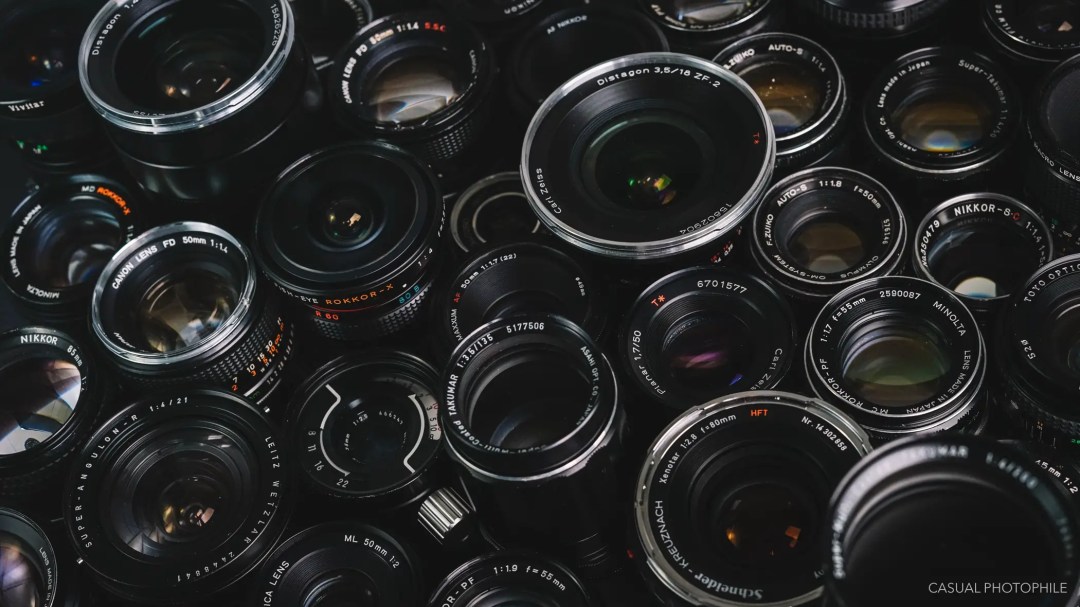
Teleconverters
Like the close up filters mentioned earlier, teleconverters add versatility to the lens collection we already own. Teleconverters attach between your camera body and lens and effectively act as a magnifying glass, increasing the apparent focal length of the lens. For example, a 2X teleconverter used with a 50mm lens will create images with an apparent focal length of 100mm. If you own three lenses for your camera system, adding a teleconverter is like suddenly owning three more lenses. And they’re cheap!
This versatility comes at a cost – teleconverters decrease overall image sharpness and lens speed. That said, there’s no cheaper way to instantly double the focal lengths available to you than by adding teleconverters.
Color Gels
Color gels are simply colored transparent material use for coloring or color-correcting light. The cheapest accessory on this list, color gels are great for those of us who want to shoot interesting product photography or portraiture in the studio. Often they’re used in conjunction with a flash to blast a subject with dynamically colored light, but colored gels can also be effective with a soft box, lamp, or even a cell phone flashlight. I’ve seen some truly stunning portraits made with color gels, and achieving the effect is surprisingly simple and astonishingly inexpensive.
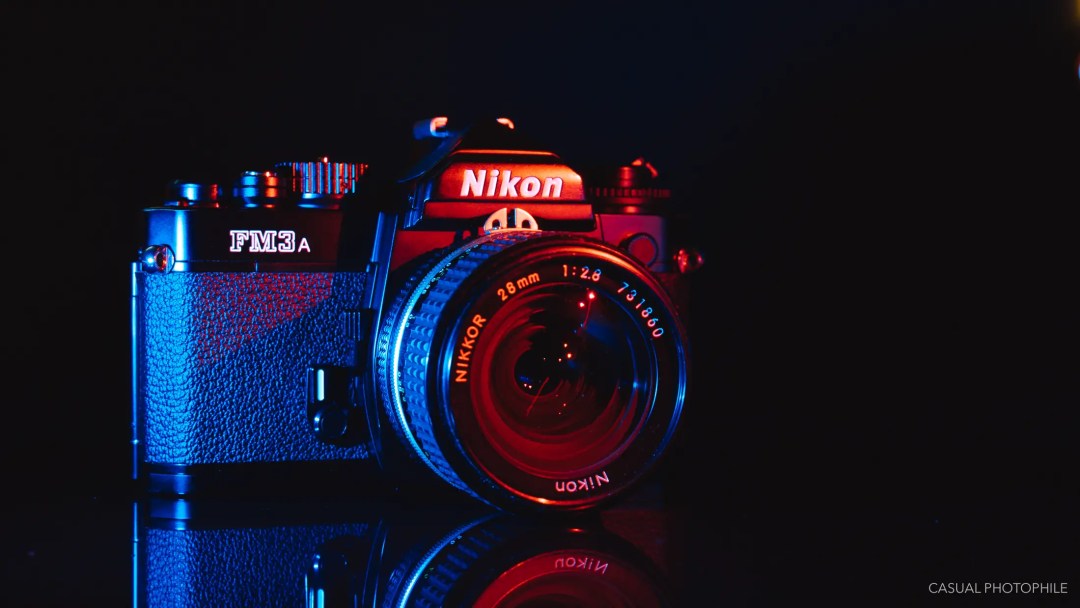
This product shot was made with red and blue color gels.
Tools for Long Exposure
To make long exposures you’ll only need a couple of specific tools. These are tools which allow us to take a photo without moving the camera even a fraction of an inch. Happily these tools don’t have to be pricey. The first we’ll need is a decent tripod. To start, you don’t need to buy an expensive Manfrotto or Gitzo, but don’t go to cheap either. It’s possible to get a great tripod for between $45 and $100 with a little browsing. If long exposures are your thing, expect to upgrade down the road.
Next you’ll need a way to release the camera’s shutter remotely. Most film cameras and many modern cameras, like Fujifilm’s X series mirrorless cameras, use a threaded cable release. This is nothing more than a cable that allows the photographer to press the shutter button without touching the cameras. Alternatively (and this eliminates addition cost) we can actuate the shutter using the camera’s built-in self-timer.
Lastly, and this is important when shooting long exposures in the daytime, we’ll need some neutral density filters. Like sunglasses for your camera, neutral density filters simply cut down the light entering the lens by a stop or two or more. ND filters can get pricey, but again, there are some bargain brands making decent ones that will do the job for those on a budget.
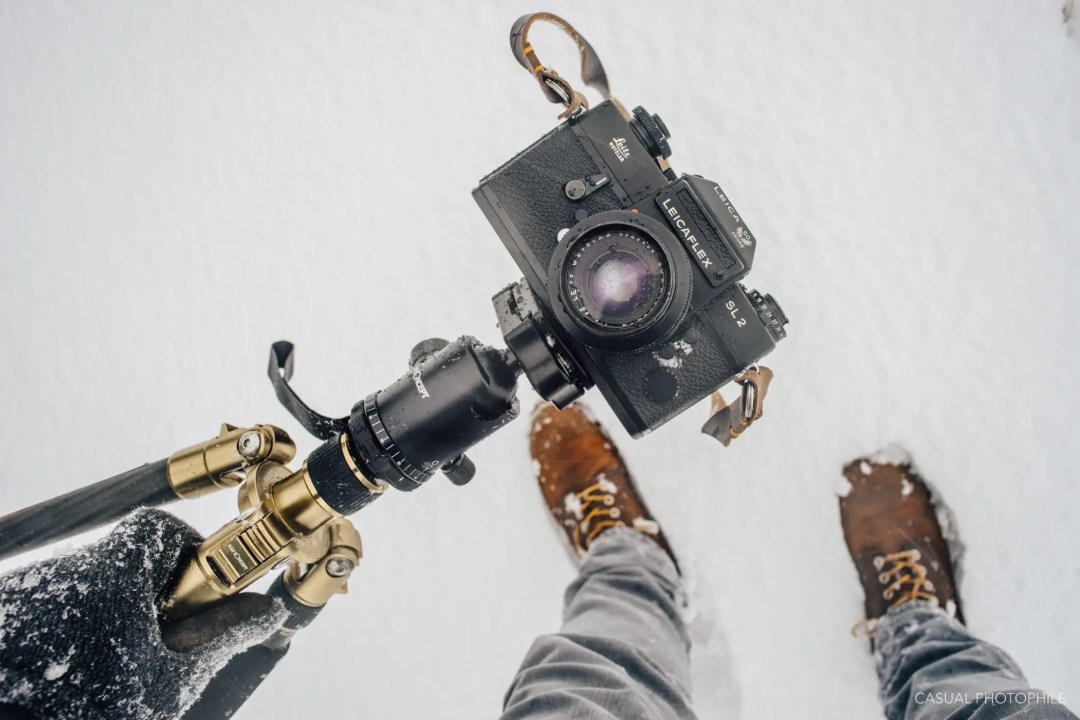
Find many of these accessories in our shop, F Stop Cameras
Browse accessories at B&H Photo
[Some of the links in this article will direct users to our affiliates at B&H Photo, Amazon, and eBay. By purchasing anything using these links, Casual Photophile may receive a small commission at no additional charge to you. This helps Casual Photophile produce the content we produce. Many thanks for your support.]
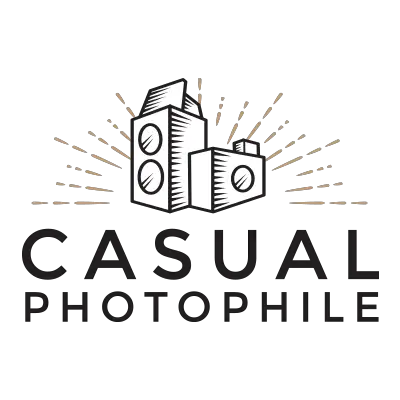
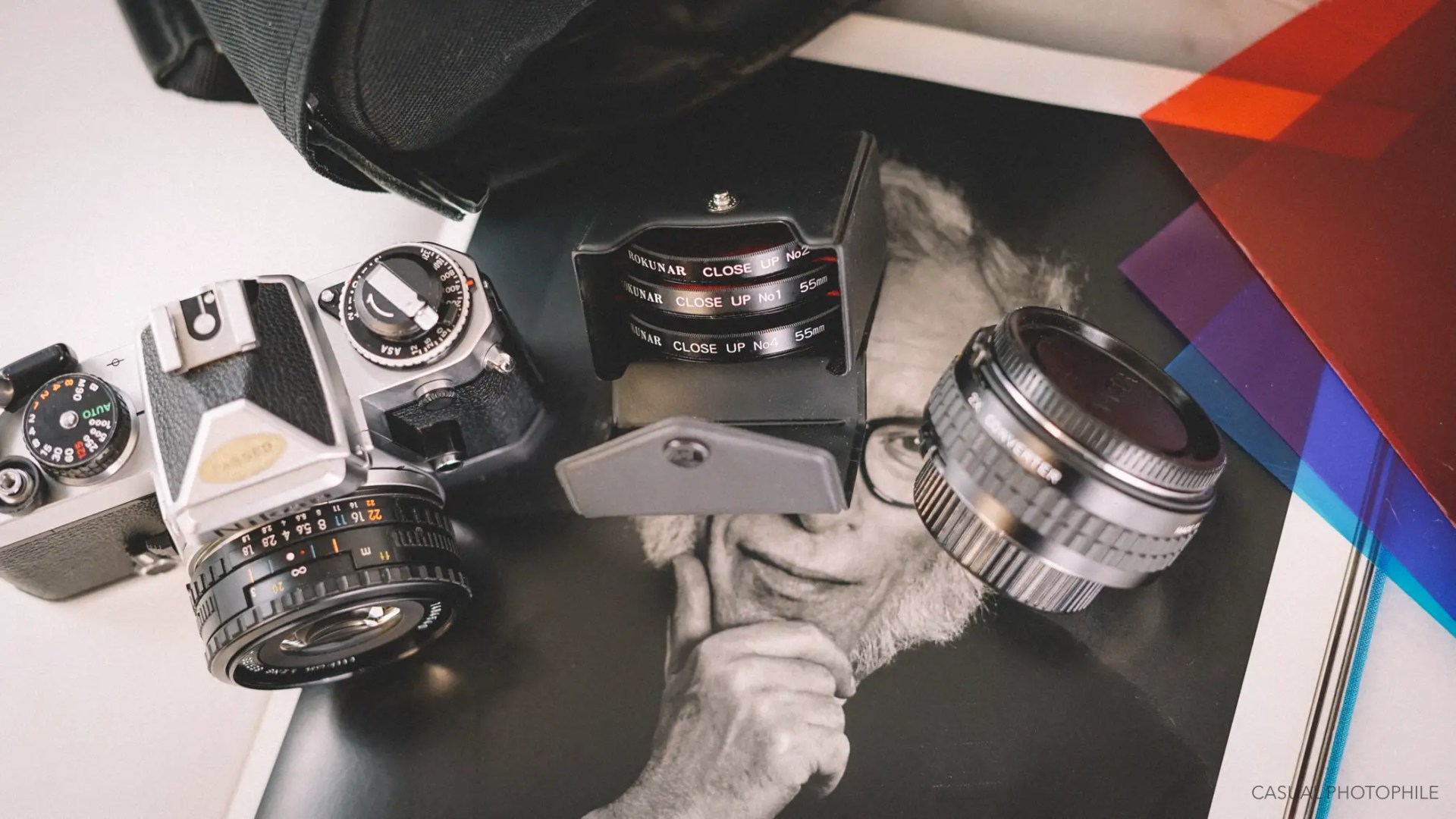
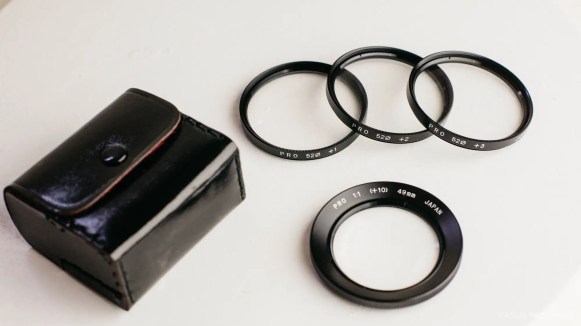
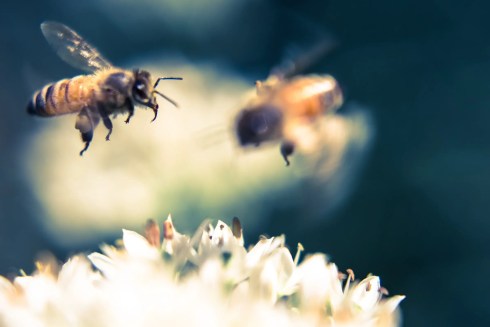
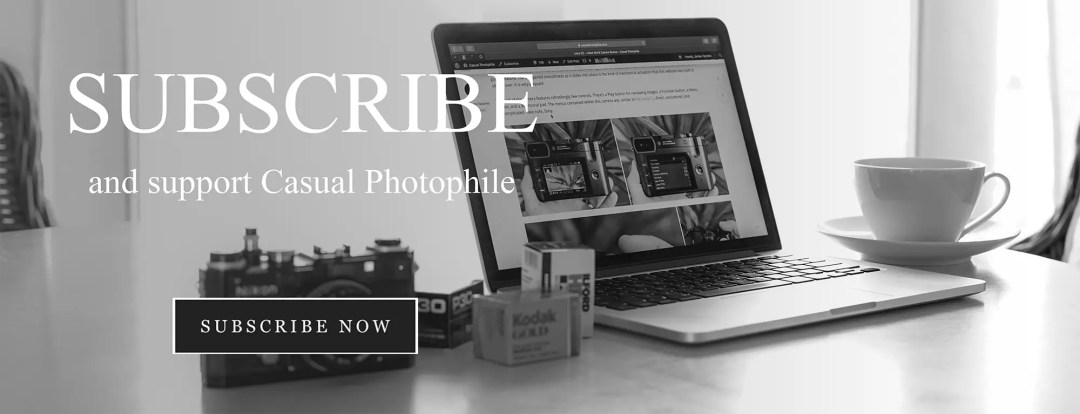
All good ideas, but don’t forget that great accessory, the ticket to somewhere you’ve not been yet. Originally people said ‘air ticket’ but I find I don’t even need to go far, just somewhere…different…